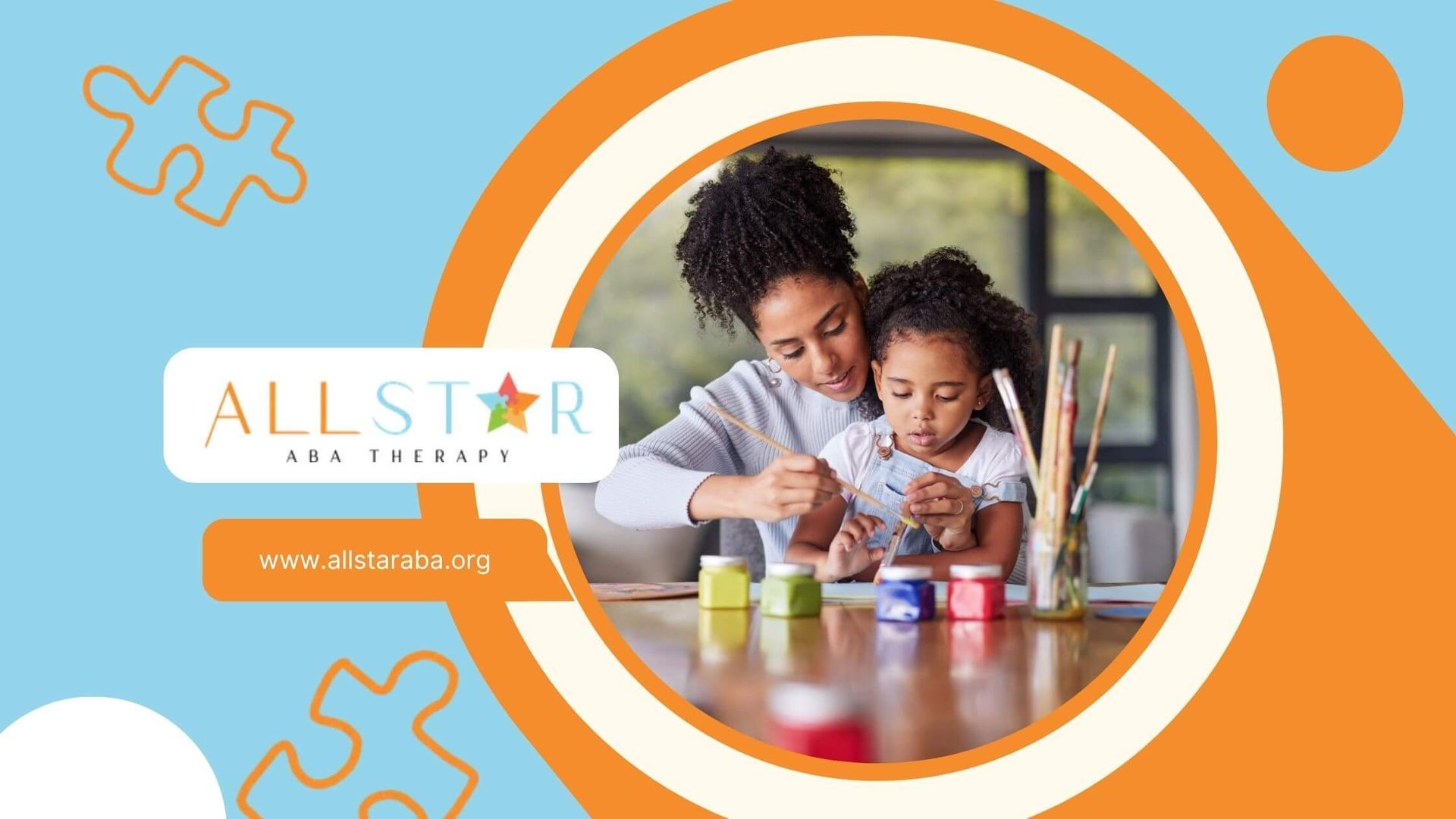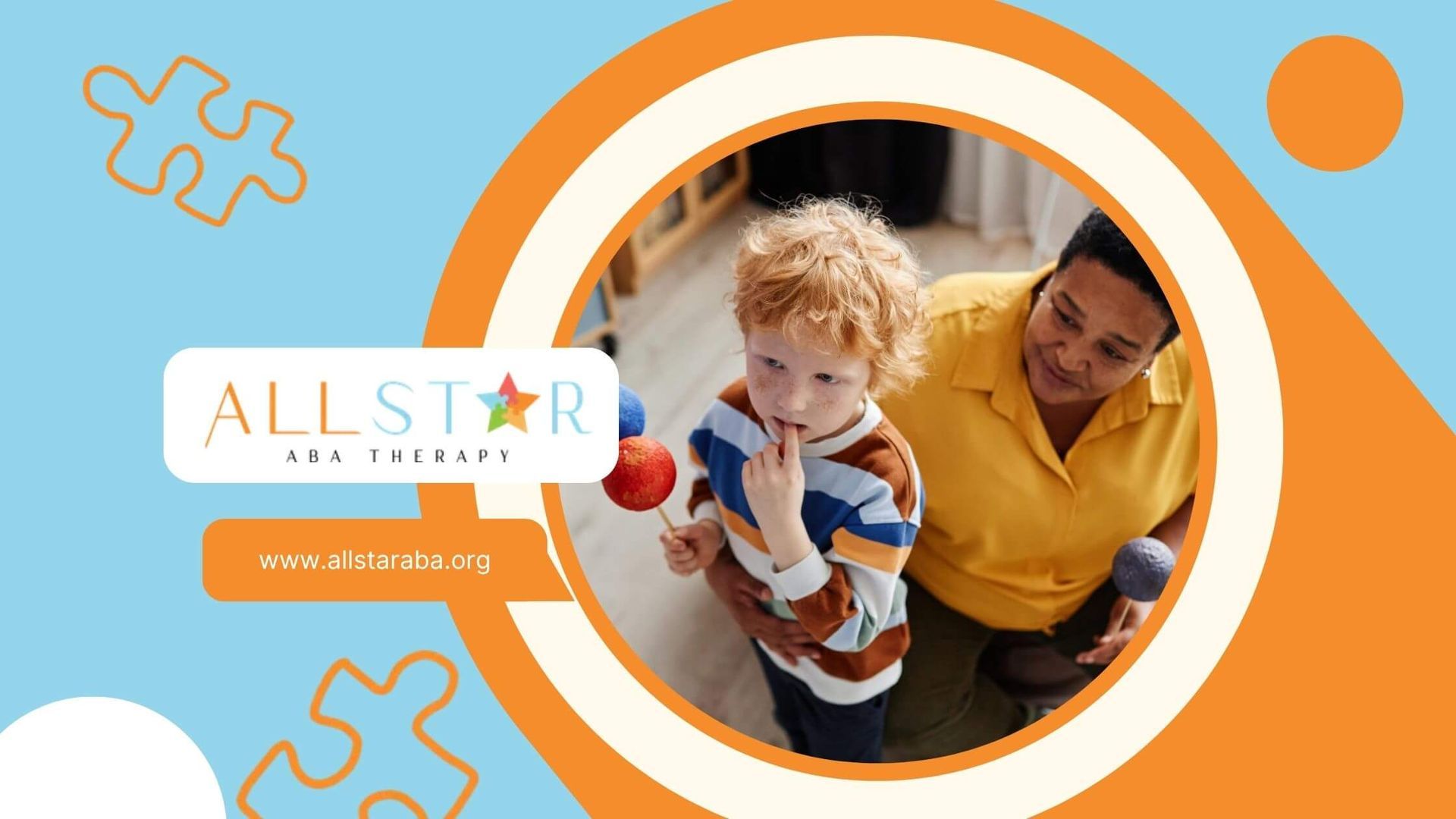New Paragraph
From Level 3 to Level 1 Autism: What’s Possible & How to Support Progress
Autism levels describe how much support a person needs. Level 3 means “requiring very substantial support,” while Level 1 means “requiring support.”
With the right autism interventions, some individuals can improve their skills and move from needing more support to less over time.
However, autism is a lifelong condition — the goal isn’t to “cure” it, but to help each person thrive.
Understanding Autism Levels
- Level 3: Significant challenges in communication and daily living. Often needs intensive, round-the-clock support.
- Level 1: Can communicate and manage more daily activities but still benefits from structured help.
Progress from Level 3 autism to Level 1 is possible for some, especially with early, individualized interventions such as Applied Behavior Analysis (ABA) therapy. Skills in language, social interaction, and daily routines can improve significantly.
What Influences Progress?
- Early intervention: Starting therapy at a young age often brings the best results.
- Consistency: Regular, structured sessions help build lasting skills.
- Family involvement: Parent training and support make a big difference.
- Individual differences: Each person’s journey is unique.
Some individuals with Level 3 autism can progress to Level 1 with consistent, targeted support. The focus should always be on building independence, communication, and quality of life — not on changing who they are.
All Star ABA proudly delivers expert ABA therapy services across Maryland and Virginia, offering personalized in-home ABA therapy, engaging center-based ABA therapy, supportive school-based ABA therapy, and hands-on ABA parent training designed to empower and guide families.
Reach out to us today!
FAQs
1. Can adults with Level 3 autism improve?
Yes. While early intervention is ideal, adults can still make meaningful progress with the right support.
2. Is moving from Level 3 to Level 1 common?
It’s not common, but it is possible for some individuals, especially with consistent, personalized therapy.
3. Does ABA therapy work for all autism levels?
ABA therapy can be tailored to all levels, from Level 1 to Level 3, focusing on each person’s unique strengths and needs.
Need Support?
We're Here to Help!
Our experienced team is ready to assist you. Reach out today to discuss how we can support your child's development and well-being.
Get started with expert ABA therapy today.








